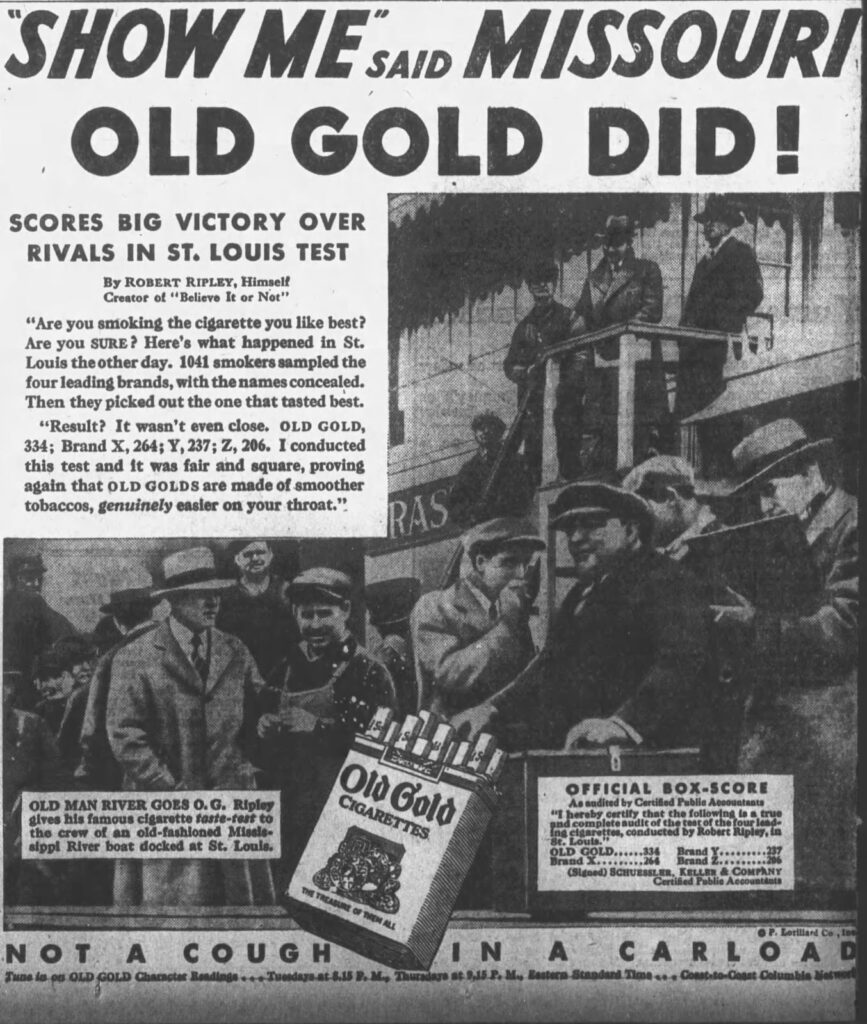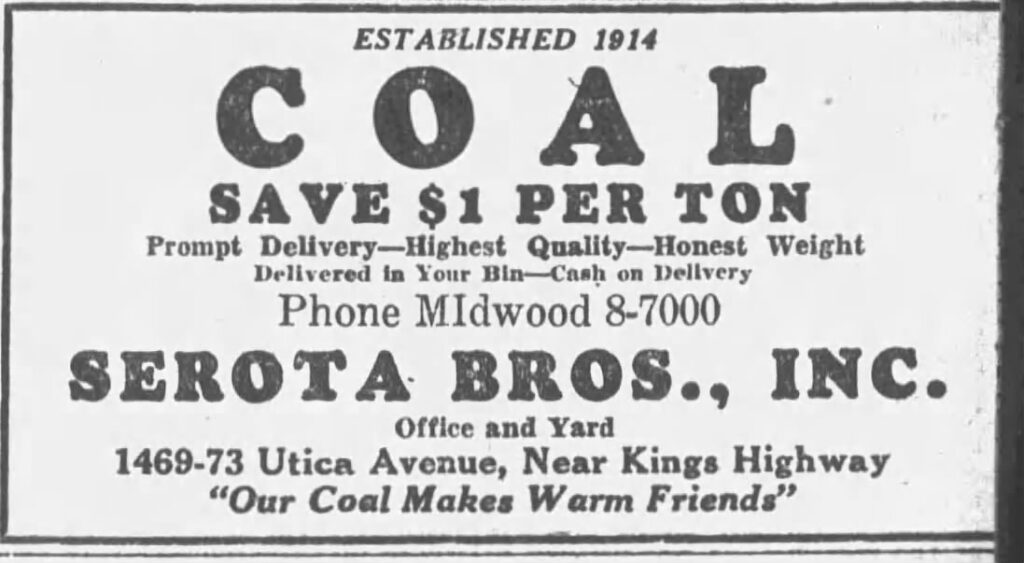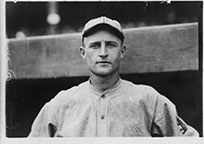In Which Old Bill Doak Says a Few
March 3, 1931 Age 40
Murray Robinson, The Standard Union
CLEARWATER, Fla., March 3. Merry Old Bill Doak, who used to be quite a spitballer for the Robins in his latter days, paid his old team-mates a visit here the other day. He didn’t have his harmonica with him, but he had his old pipe and the same old drawl which invariably charms his hearers. The lanky old-timer, who has had offers from Washington and a few other clubs to stage a comeback, but turned them down because his would-be employers wouldn’t guarantee in advance that his duties would be only those of a relief pitcher, displayed keen interest in the new National League ball. He tried pitching it, and sums up its character in his usual pithy way:
“That new ball acts like it jes’ nach’lly wants to do things. All of the new balls aren’t uniform, either. Some want to sail up, some to break down. When hit right, they’ll go as far as the old ball. But they all want to do things!”
Discussion of the improved pitching Doak predicts freely will be the result of the new pellet, brought back to the forty-year-old veteran vivid memories of some of the freak deliveries which enlivened his early days on the Big Apple. Let Old Bill tell you about them:
“This new ball will undoubtedly help pitchers to put more stuff on their deliveries than they could with the old ball. But there’s liable to be an epidemic of loss of control until the boys get used to the raised stitches. All the stuff in the world won’t help a pitcher if he can’t tell where the ball’s going.
“I remember a pitcher by the name of Booth Harper, who came up about seventeen years ago. He had the greatest knuckle-ball I ever saw. But it fooled poor Booth as much as it did the batter. It was a wonderful thing, his knuckler, but he couldn’t control it. So Hank O’Day, his boss at the time, finally traded him off for a good hunting dog!”
Lee Meadows’ Tool Kit
“Lee Meadows – old Specs – was the greatest guy I ever saw for plotting new and strange deliveries. He carried around a tool kit with him full of pieces of wood with nails driven through them, emery, files, belts with roughened buckles, bottles of stuff to shine the ball with, and other gadgets. He’d lay awake nights studying new gags.
“Of course, he couldn’t take his tool kit out on the field with him, but he did put a few of the sticks with the nails in them into his back pocket, the idea being to push the nails through the cloth and bring the ball back to roughen it on the projecting points. But when the game would start, Lee’d forget all about his tricks and toss his old reliable curves!
“One fellow we could never figure out was Dave Danforth of the St. Louis Browns. Every ball player knew he did something to the ball, but no one ever could discover what his trick was. Once we examined every ball he threw up to the plate, but there wasn’t a sign of any chemical or discoloration on it. The theory was that Dave had found a way to raise the stitches with his nails. No matter what kind of ball he threw, you’d always seem to miss it by inches! If that’s what raised stitches did for Danforth, pity the batters this year!
Hod Eller Was Crude
“Hod Eller, Cincinnati star, was the opposite of Danforth in the way he doctored the ball. He was crude at it. Remember his shine ball? It was fixed up right in front of the customers. The catcher would take a brand new ball and instead of tossing it straight to Hod, he’d heave it to him fast and on one bounce. That impact with the ground would roughen a spot on one side of the pill. Then Eller would get to work on the other side with his famous shine. One side of his pants would have been previously prepared with shoe polish, and Hod would rub and rub and rub the ball in that substance until it would shine like polished nickel. You can imagine the tricks he could do with the ball roughened on one side and shined up on the other.
“Once in Cincinnati, in 1914, I was scheduled to oppose him. The papers had been advertising the pitching duel between Eller and Doak. Well, Hod wasn’t in form that day, in spite of his well-prepared shine ball. I was feeling great, but I couldn’t do anything with his doctored ball. It would slip out of my hand and shoot off in all directions. The pitching duel lasted one inning. We were both chased to the showers!
“When I was working for the late Miller Huggins on the Cards, my spitter was the newest sensation in baseball, and Hug reasoned that if I could work such wonders with it (I won nineteen games and lost eight during the 1914 season), it would be a great idea if I could teach all the other pitchers on the squad how to throw it. But it couldn’t be done. You can’t combine a spitter with a curve ball. The pitcher who throws a curve snaps his forearm and wrist around when he lets go. The idea is to get as many revolutions on the ball as possible. The spitter is just the opposite. You have to hold your forearm and wrist rigid on each pitch. So we gave up the plan of an all-spitballer pitching staff.”
Slated for Mexican Post
Old Bill told me that he didn’t quit baseball because he felt that he was through, but that an automobile smash-up in which his wife was severely injured left him such a nervous wreck that he couldn’t concentrate on the game. He also gave up golf at the same time, and hasn’t played it since. Fishing is his hobby now.
Doak seems to be in wonderful shape, and revealed that he has gotten himself into playing condition because he has practically cinched a big job as athletic director for the Mexican army. The deal has been on the fire for some time, and the latest word he has received from the Mexican officials is most encouraging.
“I’ve whipped myself into condition, explained Doak, because I know I’ll have to give some pitching exhibitions when and if those slow-moving Mexicans call me down there.”
They must be slow-moving, indeed, if they appear that way to tortoise-like Old Bill.
1931 Old Gold Cigarette Ad: Ripley (Believe it or Not) says “Not a Cough in a Carload.”

1931 – Coal and Cigarettes – The perfect combination.

